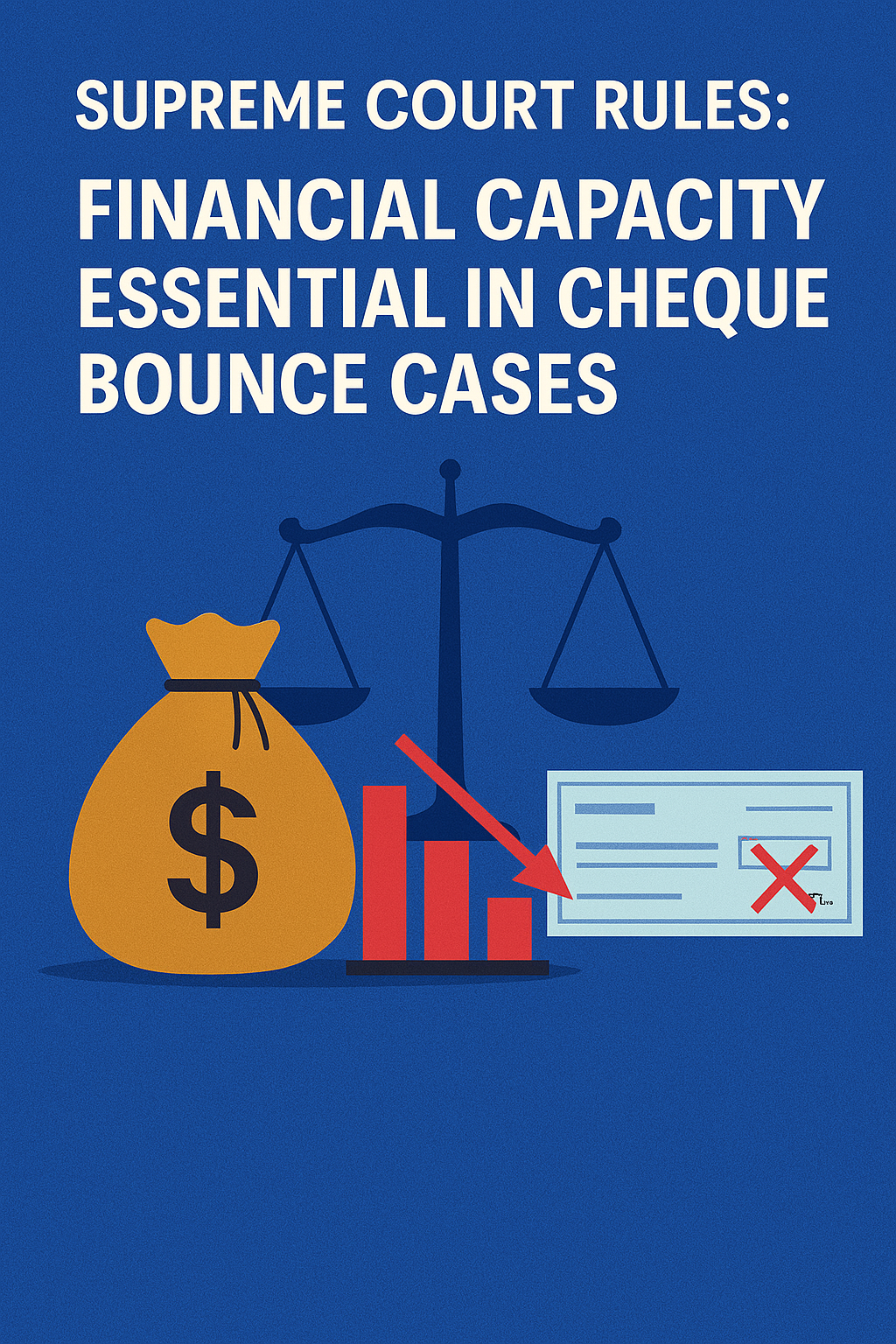Code of Federal Regulations Title 40 - Protection of Environment
Title 40 of the Code of Federal Regulations (CFR) is entirely dedicated to "Protection of Environment". This vast title contains the rules and regulations promulgated by the U.S. Environmental Protection Agency (EPA), as well as some regulations from other entities like the Council on Environmental Quality.
It is arguably one of the most impactful titles in the entire CFR, as it governs nearly every aspect of environmental protection in the United States, stemming from major environmental laws passed by Congress (like the Clean Air Act, Clean Water Act, Resource Conservation and Recovery Act, Superfund, etc.).
Here's a breakdown of the major subjects and subchapters covered within Title 40:
Chapter I: Environmental Protection Agency (Parts 1-1099)
This is the largest and most comprehensive chapter, containing the vast majority of EPA's regulations. It's organized into numerous subchapters, each dealing with a specific environmental area:
Subchapter A: General (Parts 1-31)
Covers foundational rules for the EPA, including its organization, public information procedures (e.g., Freedom of Information Act), cross-media electronic reporting, and administrative enforcement processes.
Subchapter B: Grants and Other Federal Assistance (Parts 33-49)
Regulations on federal grants and financial assistance programs administered by the EPA for environmental protection initiatives.
Subchapter C: Air Programs (Parts 50-99)
This is a massive section, crucial for air quality regulation. It includes:
National Ambient Air Quality Standards (NAAQS): Standards for common pollutants (criteria pollutants) like ozone, particulate matter, carbon monoxide, sulfur dioxide, nitrogen dioxide, and lead.
State Implementation Plans (SIPs): Requirements for states to develop plans to meet NAAQS.
New Source Performance Standards (NSPS): Emission standards for new and modified stationary sources of air pollution.
National Emission Standards for Hazardous Air Pollutants (NESHAP): Standards for controlling emissions of toxic air pollutants from various industrial categories.
Operating Permit Programs: Rules for air pollution permits.
Acid Rain Program: Regulations for reducing sulfur dioxide and nitrogen oxides emissions.
Stratospheric Ozone Protection: Regulations for phasing out ozone-depleting substances.
Mobile Source Emissions: Standards for emissions from cars, trucks, motorcycles, and non-road engines.
Subchapter D: Water Programs (Parts 100-149)
Regulations governing water quality, including:
National Pollutant Discharge Elimination System (NPDES): The permitting program for discharges into navigable waters under the Clean Water Act.
Effluent Guidelines and Standards: Technology-based limits on pollutants discharged by specific industrial categories.
Water Quality Standards: State-specific standards for surface waters.
Dredged or Fill Material: Regulations for permitting the discharge of dredged or fill material into waters of the U.S. (Section 404 of the Clean Water Act, often jointly administered with the Army Corps of Engineers).
Safe Drinking Water Act (SDWA): Regulations for public drinking water systems, including maximum contaminant levels (MCLs) for various substances.
Underground Injection Control (UIC): Regulations for preventing contamination of underground sources of drinking water from injection wells.
Subchapter E: Pesticide Programs (Parts 150-189)
Regulations under the Federal Insecticide, Fungicide, and Rodenticide Act (FIFRA). This includes:
Pesticide registration, labeling, and classification.
Requirements for pesticide applicators.
Tolerances for pesticide residues in food.
Subchapter F: Radiation Protection Programs (Parts 190-197)
Environmental radiation protection standards for nuclear power operations, uranium mill tailings, and management and disposal of radioactive wastes.
Subchapter G: Noise Abatement Programs (Parts 201-211)
Regulations related to noise pollution, though these programs have seen less activity in recent decades compared to other environmental areas.
Subchapter H: Ocean Dumping (Parts 220-238)
Regulations for the prevention of pollution from dumping waste into the oceans.
Subchapter I: Solid Wastes (Parts 239-299)
Regulations under the Resource Conservation and Recovery Act (RCRA) for the management of solid and hazardous waste. This includes:
Hazardous waste identification, generators, transporters, and treatment, storage, and disposal facilities (TSDFs).
Standards for municipal solid waste landfills.
Underground storage tanks (USTs).
Subchapter J: Superfund, Emergency Planning, and Community Right-to-Know Programs (Parts 300-399)
Regulations under the Comprehensive Environmental Response, Compensation, and Liability Act (CERCLA, or "Superfund") and the Emergency Planning and Community Right-to-Know Act (EPCRA). This includes:
National Oil and Hazardous Substances Pollution Contingency Plan (NCP).
Reporting requirements for hazardous substances releases.
Toxic Release Inventory (TRI).
Subchapter N: Effluent Guidelines and Standards (Parts 400-471)
Industry-specific wastewater discharge standards.
Subchapter O: Sewage Sludge (Parts 501-503)
Regulations for the use and disposal of sewage sludge.
Subchapter Q: Energy Policy (Parts 600-699)
Rules related to energy efficiency and environmental aspects of energy use.
Subchapter U: Air Pollution Controls (Parts 1000-1099)
More recent and detailed regulations related to emissions from specific types of vehicles and engines (e.g., heavy-duty vehicles, marine engines, locomotives).
Other Chapters in Title 40:
Chapter IV: Environmental Protection Agency and Department of Justice (Subchapter A)
Specific regulations where EPA and the Department of Justice have joint authority, though this is a much smaller chapter.
Chapter V: Council on Environmental Quality (Subchapters A - B)
Rules issued by the Council on Environmental Quality (CEQ), which oversees the implementation of the National Environmental Policy Act (NEPA). This includes regulations for federal agencies to prepare environmental impact statements (EISs) for major federal actions.
Overall Purpose of Title 40 CFR:
Title 40 serves as the primary legal framework for environmental protection in the United States. Its regulations:
Implement Environmental Laws: Translate broad statutory language into specific, enforceable requirements for industries, municipalities, and individuals.
Set Environmental Standards: Define limits for pollutants in air, water, and waste, and specify acceptable levels of environmental quality.
Outline Permitting and Compliance: Establish procedures for obtaining environmental permits, monitoring compliance, and reporting data.
Provide for Enforcement: Detail the mechanisms for enforcing environmental regulations, including civil penalties, administrative orders, and judicial actions.
Protect Human Health and the Environment: Ultimately, the purpose of all these regulations is to protect human health and safeguard natural resources.
Given the immense scope, searching "Title 40 CFR" generally requires further specificity (e.g., "40 CFR Part 60" for NSPS, or "40 CFR Part 141" for drinking water standards) to find relevant regulations. For the most current version, always refer to the Electronic Code of Federal Regulations (eCFR) on official government websites like ecfr.gov.




























0 comments